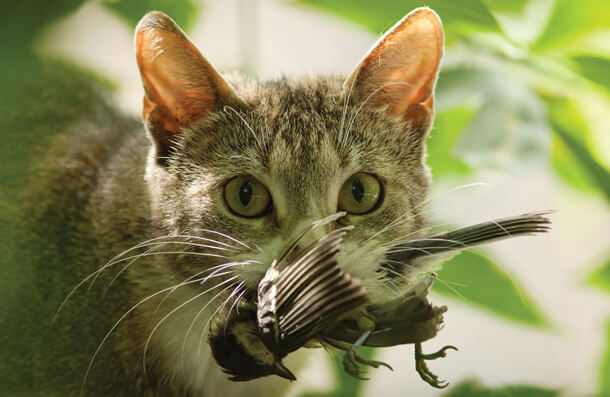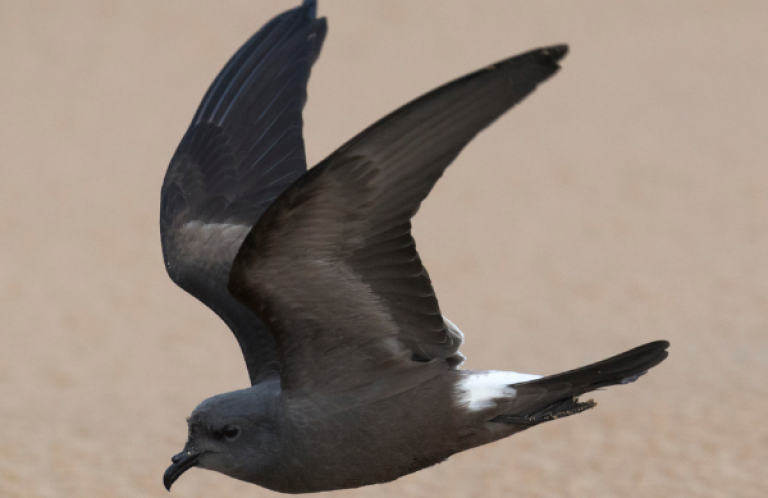Biologists Respond to ‘Science Denialism' Regarding Outdoor Cat Control
Contact: Grant Sizemore, American Bird Conservancy, Director of Invasive Species Programs. Phone 202-888-7480 | Email: gsizemore@abcbirds.org

Cats kill an estimated 2.4 billion birds annually in the U.S. alone as supported by peer-reviewed scientific studies. Photo by Vasily Vishnevskiy.
(Washington, D.C., December 3, 2018) A new open access study by leading scientists rebuts unfounded criticisms and reaffirms the need for effective outdoor cat control. According to researchers, coordinated critics have mounted a “misinformation campaign designed to purposefully fabricate doubt regarding the harmful impacts of outdoor cats and stymie policies that would remove outdoor cats from the landscape.”
The conflict stems from a groundbreaking study published in 2013 by scientists from the Smithsonian Conservation Biology Institute and the U.S. Fish and Wildlife Service. That study evaluated the combined impact of the tens of millions of outdoor cats in the United States. The authors found that roaming outdoor cats kill approximately 2.4 billion birds every year and are the leading source of direct, human-caused mortality to birds in the country. Similar results have since been confirmed in Canada and Australia.
Several cat advocacy groups have consistently criticized the 2013 cat predation study as “junk science.” Researchers, however, contend that such criticisms are an attempt to manufacture uncertainty and deny scientific findings for political purposes.
Lead author Scott Loss says, “In this era of unprecedented information, facts are often mis-portrayed, but the fact is that free-ranging pet cats and feral cats kill a tremendous number of U.S. birds.”
The study's authors provide a point-by-point analysis of cat predation claims and opposing viewpoints, backed by peer-reviewed scientific research. They conclude that the errors and misrepresentations of cat predation data constitutes science denialism. In fact, as the paper points out, “Overwhelming scientific consensus supports that cats are an invasive species; they have caused dozens of extinctions (Doherty et al. 2016), impact native wildlife populations (Loss and Marra 2017), and carry multiple zoonotic diseases (Gerhold and Jessup 2013).”
Outside of the U.S., the International Union for the Conservation of Nature lists cats among the world's most harmful invasive species. The introduction of cats to new environments around the world has resulted in the extinction of 63 species in the wild and also contributes to the spread of parasites and diseases that are harmful to people and animals.
“What is overwhelmingly evident based on the science is that maintaining cats on the landscape is harmful for cats, wildlife, and people,” said Grant Sizemore, Director of Invasive Species Programs for American Bird Conservancy. “It's time to treat cats like dogs and to safely remove stray and feral animals from our parks and neighborhoods.”
###
About American Bird Conservancy
American Bird Conservancy is dedicated to conserving birds and their habitats throughout the Americas. With an emphasis on achieving results and working in partnership, we take on the greatest problems facing birds today, innovating and building on rapid advancements in science to halt extinctions, protect habitats, eliminate threats, and build capacity for bird conservation. Find us on abcbirds.org, Facebook, Instagram, and Twitter (@abcbirds).


















































